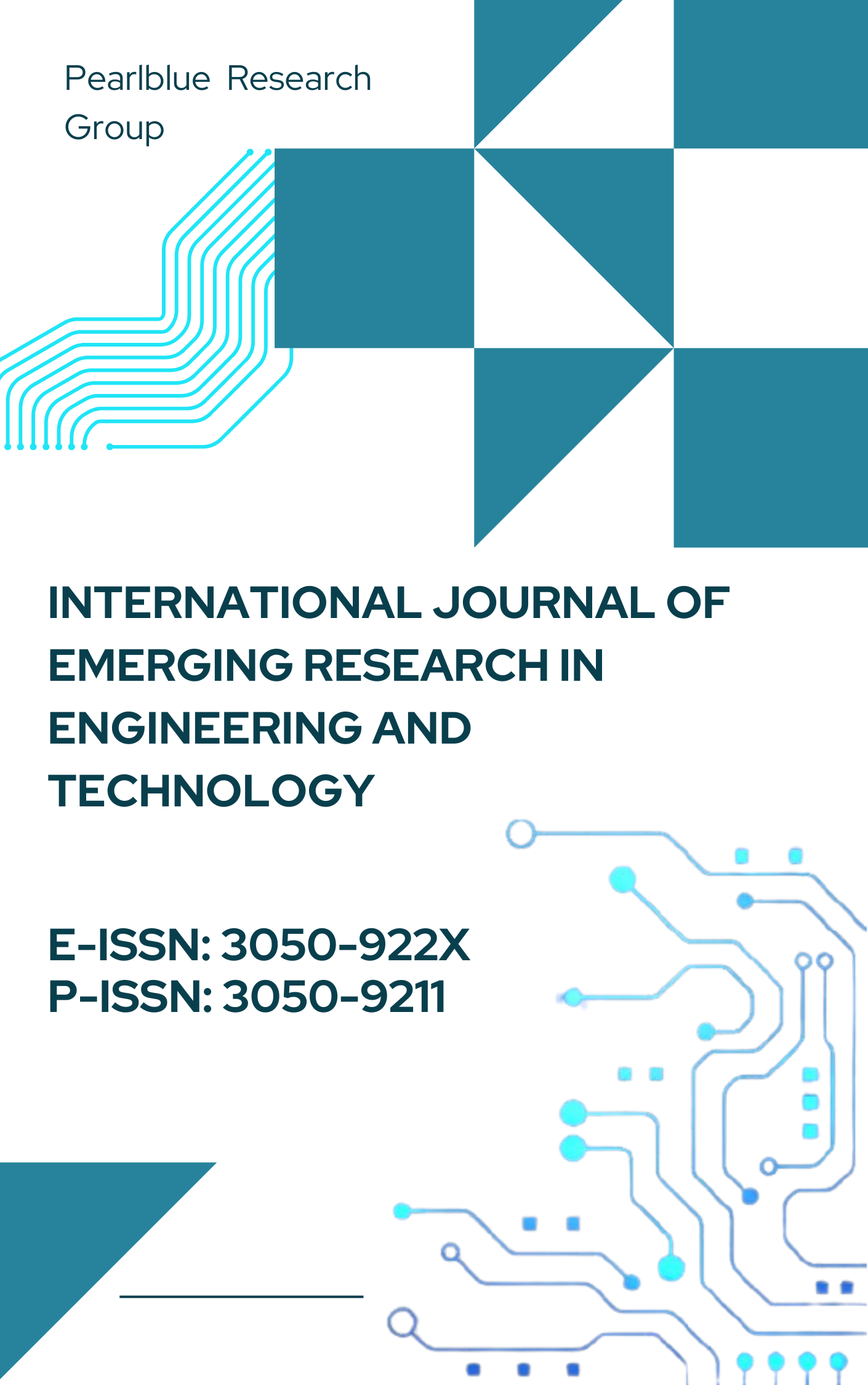Governance-Driven ML Infrastructure: Ensuring Compliance in AI Model Training
DOI:
https://doi.org/10.63282/3050-922X.IJERET-V1I1P103Keywords:
AI governance, ML compliance, model risk management, financial regulations, data privacy, AI ethics, auditability, explainability, bias mitigation, secure ML pipelines, regulatory frameworks, AI model validation, data security, automated compliance, fairness-aware ML, model monitoring, risk assessment, AI transparency, governance policies, financial AI frameworksAbstract
Artificial intelligence (AI) & machine learning (ML) are revolutionizing businesses; nonetheless, their use presents major governance & compliance issues, especially in industries under close control like banking. Growing AI projects by businesses need addressing changing legislation, safeguarding of data privacy, and efficient management of model hazards. AI systems devoid of a governance-driven strategy might expose their businesses to financial & the reputational hazards, transgression of legal standards & the continuation of prejudices. The necessary criteria for compliance-oriented ML infrastructure are investigated in this article, with particular attention to how financial institutions may build strong governance systems & they encourage innovation by means of them. This case study examines how a firm established a scalable ML infrastructure that adheres to industry standards, using best practices such as automated model tracking, audit trails & the explainability methodologies. These recommendations pertain to industry norms. Key elements include ensuring transparency in decision-making, using cloud- native technology for policy execution, and integrating governance into the model development process. Including compliance into AI systems helps businesses to mix their responsibility with agility, therefore reducing their regulatory risk & promoting ethical AI use. Effective approaches for creating governance systems that allow model monitoring, bias detection & also safe data management—so ensuring compliance with laws like GDPR, HIPAA & financial control requirements—are highlighted in the case study
References
[1] Sharma, Aparna. "IT Governance: Driven by Challenges of Corporate Governance." International Journal of Computing & Business Research (2012).
[2] Goel, Sameer, Rajeev Dwivedi, and Arun Sherry. "Role of key stakeholders in successfule-governanceprograms: Conceptual framework." (2012).
[3] Moro Visconti, Roberto, and Martiniello Laura. "Smart hospitals and patient-centered governance." Corporate Ownership & Control 2 (2019): 1-14.
[4] Duarte, Fábio, and Ricardo Álvarez. "The data politics of the urban age." Palgrave Communications 5.1 (2019).
[5] Löhe, Jan, and Christine Legner. "Overcoming implementation challenges in enterprise architecture management: a design theory for architecture-driven IT Management (ADRIMA)." Information Systems and e-Business Management 12 (2014): 101-137.
[6] Baird, Aaron, et al. "Corporate governance and the adoption of health information technology within integrated elivery systems." Health care management review 39.3 (2014): 234-244.
[7] David, J. Yu, et al. "Learning for resilience- based management: Generating hypotheses from a behavioral study." Global Environmental Change 37 (2016): 69-78.
[8] Arnold, Matthew, et al. "FactSheets: Increasing trust in AI services through supplier's declarations of conformity." IBM Journal of Research and Development 63.4/5 (2019): 6-1.
[9] Samek, Wojciech, Thomas Wiegand, and Klaus-Robert Müller. "Explainable artificial intelligence: Understanding, visualizing and interpreting deep learning models." arXiv preprint arXiv:1708.08296 (2017).
[10] Ndiaye, Seydina Moussa. "Building Trustworthiness as a Requirement for AI in Africa: Challenges, Stakeholders and Perspectives." Trustworthy AI 94.4 (2004): 41.
[11] Mohr, David, Pim Cuijpers, and Kenneth Lehman. "Supportive accountability: a model for providing human support to enhance adherence to eHealth interventions." Journal of medical Internet research 13.1 (2011): e1602.
[12] Hagras, Hani. "Toward human- understandable, explainable AI." Computer 51.9 (2018): 28-36.
[13] Hosny, Ahmed, et al. "Artificial intelligence in radiology." Nature Reviews Cancer 18.8 (2018): 500-510.
[14] Lee, Jaehun, et al. "Emerging technology and business model innovation: the case of artificial intelligence." Journal of Open Innovation: Technology, Market, and Complexity 5.3 (2019): 44.
[15] Surden, Harry. "Artificial intelligence and law: An overview." Ga. St. UL Rev. 35 (2018): 1305.



